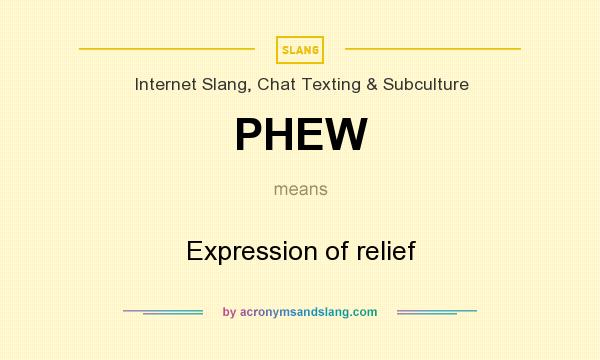

is a conventional notation undefined for the exact place of articulation ( Vance 2008:97). ^ The syllable-final n ( moraic nasal) is pronounced as some kind of nasalized vowel before a vowel, semivowel ( ) or fricative ( ).^ is phonetically a bilabial approximant, but it is traditionally described as a velar or labialized velar approximant and transcribed with ⟨ w⟩ or ⟨ ɰ⟩ ( Maekawa 2020).However, an alternative transcription has yet to be established, so ⟨ ɴ⟩ is used. ^ The utterance-final nasal is traditionally described as uvular, but instrumental studies have found that this is inaccurate and the actual realization varies ( Maekawa 2023).^ a b A declining number of speakers pronounce word-medial / ɡ/ as ( Vance 2008:214), but /ɡ/ is always represented as in this system.^ a b c d When an affricate consonant is geminated, only the closure component of it is repeated.Actual realizations of these sounds vary (see Yotsugana). ^ a b c d Voiced fricatives are generally pronounced as affricates in word-initial positions and after the moraic nasal /N/ ( before and before ) or the sokuon /Q/ (only in loanwords).ˈ m ær i/ ( marry), / m ə ˈ r iː/ ( Marie) See Japanese phonology for a more thorough discussion of the sounds of Japanese.

For a guide to adding IPA characters to Wikipedia articles, see and Wikipedia:Manual of Style/Pronunciation § Entering IPA characters.Įxamples in the charts are Japanese words transliterated according to the Hepburn romanization system.

The charts below show the way in which the International Phonetic Alphabet (IPA) represents Japanese language pronunciations in Wikipedia articles. Wikipedia key to pronunciation of Japanese


 0 kommentar(er)
0 kommentar(er)
